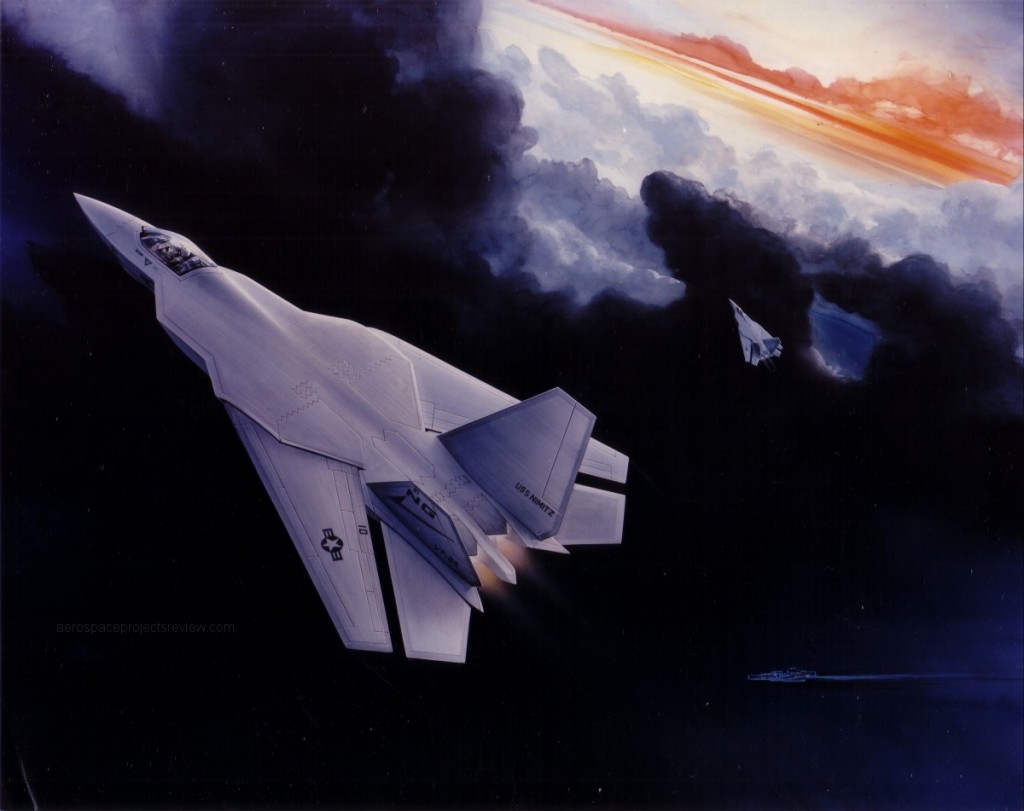Now available:
Issue number 08 of US Bomber Projects is now available (for background, see HERE). This issue includes:
- Boeing Model 464-27: a slightly-swept turboprop B-52 progenitor
- Rockwell D645-6: A minimum-weight spanloader missile carrier
- Martin Mach 4.25: A large, manned nuclear ramjet
- Boeing Model 484-2-2: A swept-wing, slightly supersonic B-58 competitor
- Douglas System 464L: A many-surfaced Dyna Soar spaceplane
- Martin Model 223-8: a 1944 step on the road to the XB-48
- Boeing Model 801-11A: A Mach 3.5 hydrogen fueled design of incredible range
- Martin MAMBA: A mid-1960’s A-10-analog
USBP#08 can be downloaded as a PDF file for only $4:
——–
———

—————————-
Brand new: larger format drawing collections
The CAD drawings created for USBP reformatted an rescaled for 11X17 collected in separate volumes. Drawings have in some cases been corrected, improved and added to.
USBP 11X17 01-03 collects the diagrams created for issues 01, 02 and 03, including:
Rockwell D 645-1; NAA 1495-25 PAMSS; Boeing Model 701-273-0; Convair B-58-C-1; Lockheed CL-2102-2; Lockheed Model 195-A-13; Martin Model 223-1; Boeing Model 444 A; Rockwell D 645-1: LH2; NAA High Performance Penetrator; Boeing Model 701-273-1; Lockheed GL-232; Boeing Space Sortie; Martin Model 223-2; Boeing Model 461; Northrop Low Altitude Penetrator; Rockwell D 645-4A; Lockheed System 464L; Convair Mach 4 “Rollover;” Boeing Model 701-273-3; Boeing HSCT Model 1080-854; Martin Model 223-3; Boeing Model 462
USBP11x17-01-03 can be downloaded as a PDF file for only $10:
——–
———

————————-
USBP 11X17 04-06 collects the diagrams created for issues 04, 05 and 06, including:
McDonnell System 464L; Lockheed-Martin Falcon; Lockheed Senior Peg; Boeing Mobile Missile Carrier; Boeing Model 701-273-4; Lockheed Cruise Missile Carrier; Boeing Model 462-5; Martin Model 223-4; McDonnell-Douglas ATB; McDonnell-Douglas/Boeing DF-9; Boeing Model 701-273-5; Fairchild N-9; Martin Model 223-5; Rockwell D645-5;North American 464L; Boeing Model 464-17; Boeing Model 464-18; Convair WS-125A; Martin MX-2092; GD AMPSS; Republic System 464L; Martin Model 223-6; Boeing Model 701-273-6; Martin Water-Based Attack Aircraft
USBP11x17-04-06 can be downloaded as a PDF file for only $10:
——–
———
























